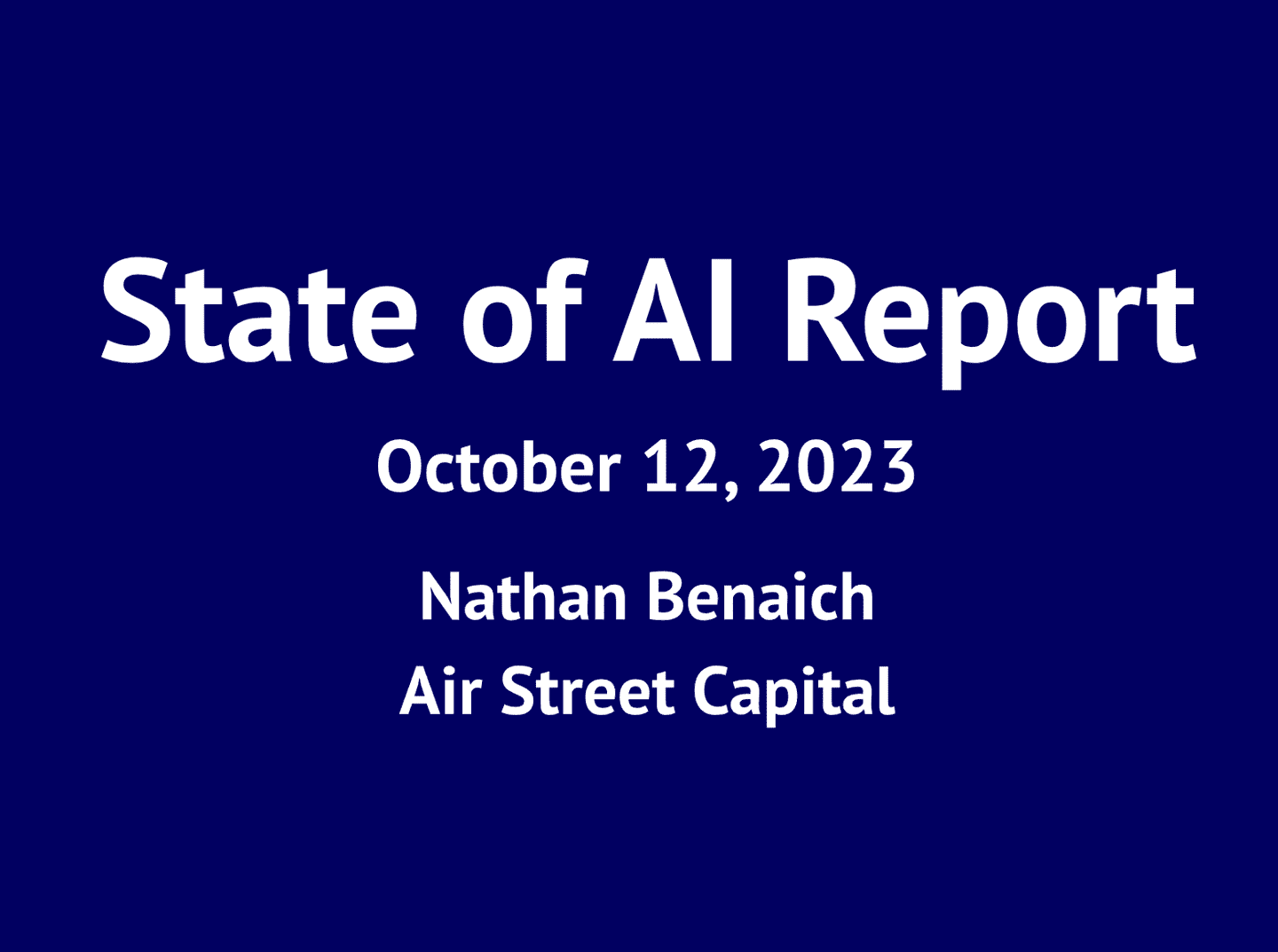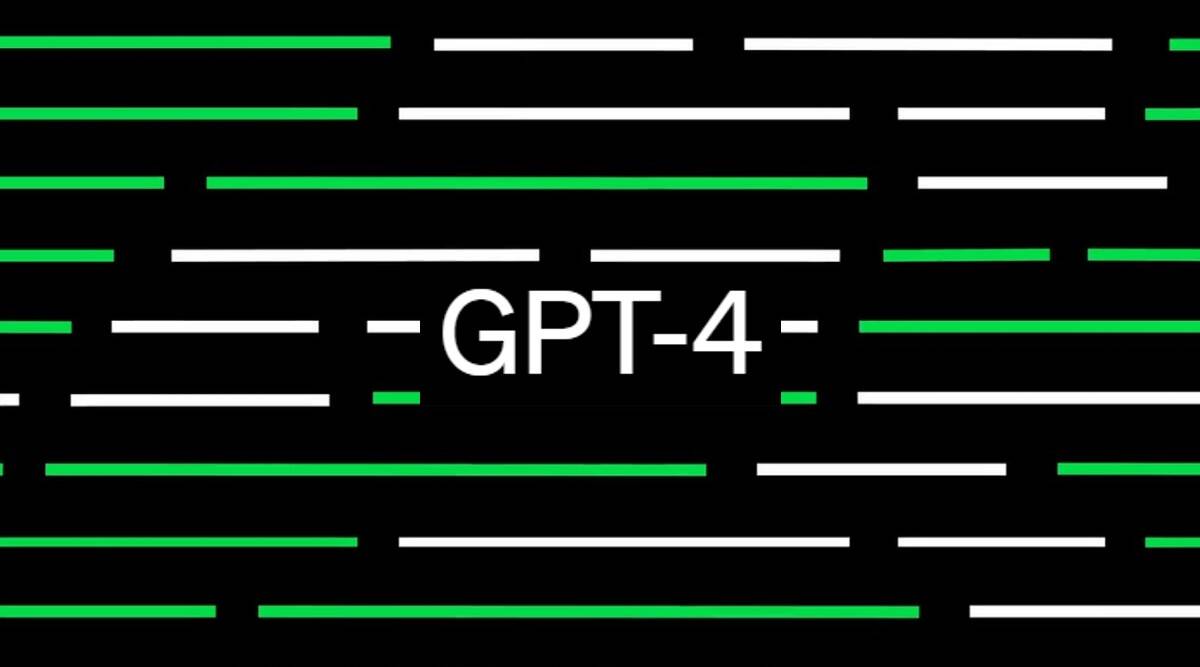The State of AI Report 2023 is a comprehensive analysis of the most interesting developments in AI. The report was produced by AI investors Nathan Benaich and Ian Hogarth. The report aims to trigger an informed chat about the state of AI and its implications for the future. Here are some key takeaways from the report:

AI in Education
The report highlights the expected increase of AI in education technology and the need for action to get ahead of it. The public is exploring how AI could be used to create personalized assignments for students.
AI and Ethics
The report notes an increasing effort to gather data on AI and ethics. The Brookings Institution recommends that policymakers regulate broad AI principles rather than specific algorithms, take bias complaints seriously so AI does not replicate historic injustice, unfairness, or discrimination in data or algorithms, maintain mechanisms for human oversight and control, and penalize malicious AI behaviour and promote cybersecurity.
AI and Business
The survey results show that AI high performers—that is, organizations where respondents say at least 20 per cent of EBIT in 2022 was attributable to AI use—are going all in on artificial intelligence, both with gen AI and more traditional AI capabilities. These organizations that achieve significant value from AI are already using gen AI in more business functions than other organizations do, especially in product and service development and risk and supply chain management.

AI and Legislation
The National Conference of State Legislatures is tracking AI legislation across the United States. The report notes that in the United States, multiple executive orders are focused on ensuring AI is trustworthy and equitable, and the White House Office of Science and Technology Policy has introduced a plan to promote AI research and development.
Generative AI
The discussion on Generative AI takes a pretty decent part of the report. In late 2022 and early 2023, the public became aware of new generative AI chatbots. It began to explore how AI could be used to write essays, create lesson plans, produce images, create personalized assignments for students, and more. The latest annual McKinsey Global Survey on the current state of AI confirms the explosive growth of gen AI tools. Respondents across regions, industries, and seniority levels say they are already using generative AI tools.
Also, the report said that OpenAI’s GPT-4 is currently the most powerful language model available. The report claims that this model demonstrates the capability gap between proprietary technology and sub-optimal open-source alternatives. It also verifies the self-learning model based on human feedback. The State of AI Report 2023 mainly focuses on research, industry, and policy. The report analyzes the status of the AI industry from safety to predictions. In this article, we will explore the capabilities of GPT-4 and its potential implications for the future of AI.

What is GPT-4?
GPT-4 is a language model developed by OpenAI that can understand and generate natural language text, particularly in complex and nuanced scenarios. It is more advanced than its predecessor, GPT-3, and is capable of processing up to 25,000 words of text from the user. GPT-4 can also accept image inputs and produce text outputs, making it a multimodal model.
Capabilities of GPT-4
GPT-4 has been evaluated on a variety of exams originally designed for humans, and it performs quite well, often outscoring the vast majority of human test takers. OpenAI claims that GPT-4 is much better at both creating and collaborating with users on creative projects, such as music, screenplays, technical writing, and even learning a user’s writing style.
GPT-4 can also be used to create A.I. tutors for students and technology to help blind and visually impaired people navigate the world. Developers can incorporate GPT-4 into their own apps, which could make much of the software we use become smarter and more capable.
Large models on the market each have their own merits. Currently, LLaMa2 is a trend in the industry. With LLaMa-1 and LLaMa2, more people are trying to miniaturize and refine models, so as to “clone or defeat” proprietary large models.
Limitations of GPT-4
Despite its capabilities, GPT-4 has similar limitations as earlier GPT models. Most importantly, it still is not fully reliable and can “hallucinate” facts and make reasoning errors. Great care should be taken when using language model outputs, particularly in high-stakes contexts, with the exact protocol matching the needs of the situation.
Context length is one of the key limitations of LLM, and increasing it to 100K is an incredible achievement. State of AI found that although the “context length” in popular AI tools is shorter, there are many studies in the industry that are Contextual content of growth model output.

Implications for the Future of AI
GPT-4’s release has generated excitement and concern among experts and the public alike. On the one hand, GPT-4 and similar models could supercharge the development of creative projects and assistive technologies. On the other hand, there are concerns about the potential risks of such powerful language models. This includes the possibility of generating biased, false, and hateful text. There is also the risk of being hacked to bypass its guardrails.
As AI continues to advance, it is important to consider the ethical implications of such technology. There is also a need to develop effective regulations to mitigate potential risks.
Conclusion
The State of AI Report 2023 reveals the rapid growth and increasing importance of AI in various sectors. It also shows the need for policymakers to address ethical concerns and regulate AI principles. This is to ensure that AI is trustworthy and equitable. The report claims that GPT-4 is currently the most powerful language model available. It has the ability to understand and generate natural language text and accept image inputs. It can also process up to 25,000 words of text from the user. While it has the potential to revolutionize creative projects and assistive technologies, it also has limitations.





